This post contains the text of my piece for the RTÉ Sunday Miscellany Armistice Day Special, broadcast on RTÉ Radio One on November 11th, 2018.
Sean Beattie
Listen back to the Sunday Miscellany broadcast: Sunday Miscellany, RTÉ Radio One, November 11th 2018

Air base at Ture 1918/9. Photo courtesy of Meg Carroll, Albany, New York. From the files of her grandfather, Philip Gallagher, who served at the Ture base. The wooden platform was used to provide access from the sea-planes to the concrete apron ashore. There were 7 sea-planes and they were serviced in the hangars shown here. The planes were constructed of wood which was imported from USA and the planes were assembled in Derry. After Armistice Day, the Americans piled the sea-planes on the shore and burned the lot! It was quite a sight. The poor carrier pigeons were not too concerned as they were happy to return to civilian life. They too had a good time in Ture. (Sean Beattie)
For generations, thousands of emigrants in the north west have set sail from Derry Quay on their way to the New World. Most were heading for America, never to return. But in 1917, the tide turned. Europe was at war, and America came to the rescue.
Under the Draft Law enacted by President Woodrow Wilson, all males between 21 and 30 were enlisted. Most expected to see service on the battlefront, but a small number were dispatched to bases, scattered across the country. One of them was in the townland of Ture in the Inishowen peninsula, Co Donegal, hundreds of miles from the hostilities. They had drawn the lucky straw. So instead of the grime and stench of the trenches, they enjoyed the bracing air and verdant pastures of Lough Foyle, ten miles north of Derry City.
The first to arrive in January 1918 was a small group of tradesmen, carpenters, engineers and supervisors who were tasked with constructing a base, with imported American timber from scratch. By July 4th, all buildings had been constructed, just in time to celebrate Independence Day by flying the Stars and Stripes. The recruits were mostly in their late teens or early twenties, so Commanders at the base organised a Sports Day, followed by a dance in the evening. Several musicians were among the recruits, and they hastily organised their own orchestra, which they christened the Troubadours. To get the gender balance right for the big social event of the evening, army cars were ordered to bring local girls from Derry City, and the neighbouring towns of Moville, Carndonagh and Buncrana. With a new generator imported from America, the banks of the Foyle glowed, as darkness fell amid the music and dancing. It was indeed a fairyland of mirth, sound and happiness.
For the young ladies, it was a night to remember. No more country waltzes and “Shoe the Donkey”, a traditional mazurka, which was a light-hearted, two-hand dance played in every parish hall. Instead, the sounds of Tin Pan Alley may have floated across the Foyle that evening. The customary tea and sandwiches were replaced by minerals and cookies, with no scarcity of American cigarettes. Not unexpectedly, romance blossomed, and there were at least two weddings that could be traced directly to the base, where couples met for the first time.
During the day, recently assembled sea-planes took off from the base in the hunt for enemy U-boats. For the few months that the base was in operation, there were many U-boat sightings but only one may have been destroyed.
And finally, the news that all were waiting for arrived – the cessation of hostilities, and the signing of an Armistice at 11 o’clock on the 11th day of the eleventh month in 1918. Instructions came to the base that all hostilities should cease. The Armistice Day Banquet and Dinner organised by the Welfare Committee at the Air Station was a special celebration, and the menu included many delicacies to mark the occasion, such as Roast Stuffed Liberty Chicken, Peace Bread with cider and cigars as extras. Celebrations led by the Troubadours went on into the night. There was a slight touch of sadness, too that friendships, formed along the banks of Lough Foyle, were about to end.
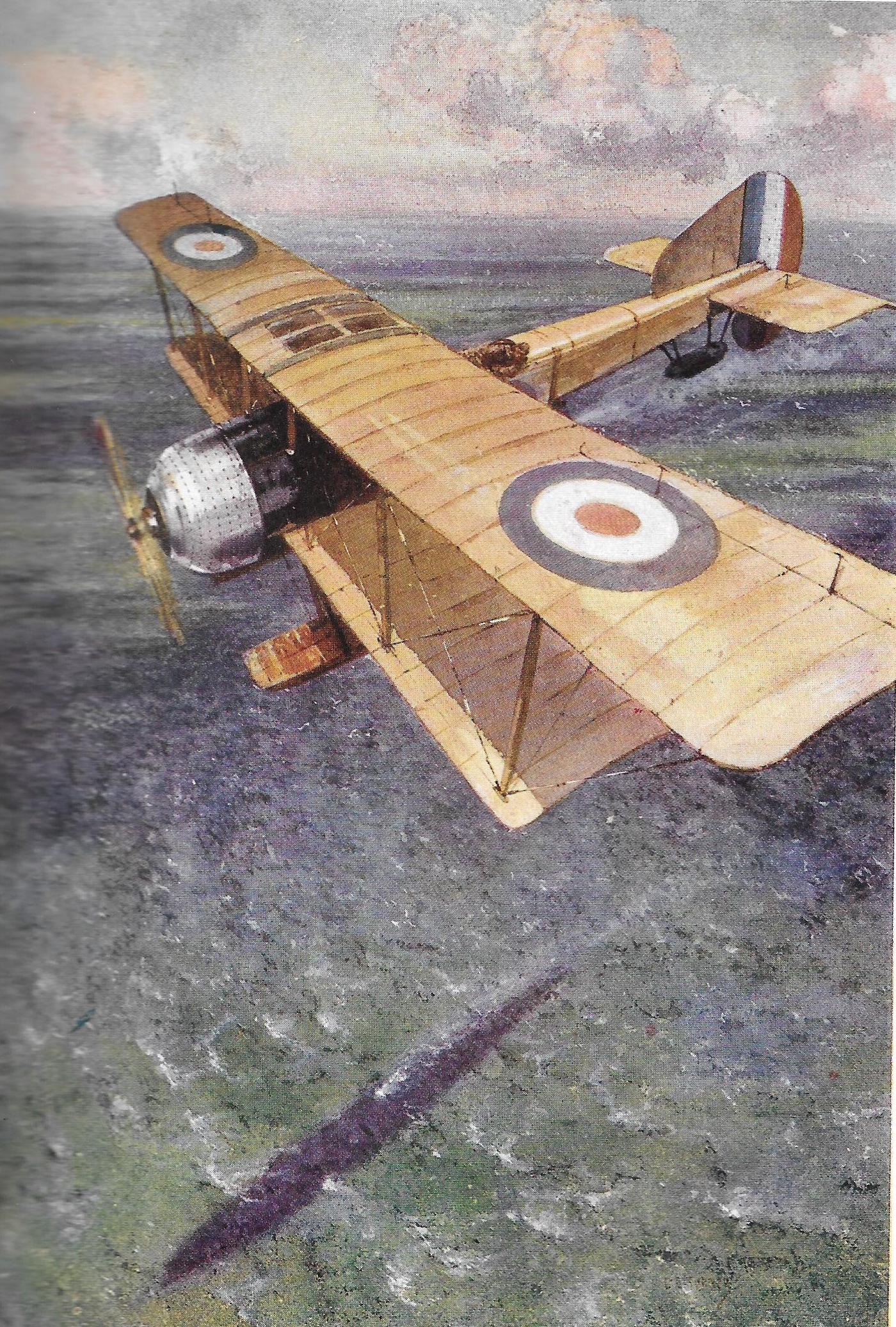
Armistice Day brought a sigh of relief to many Irish families, with sons in the American forces in Europe. The Beattie family in Inishowen had reason to celebrate – their son John, my uncle, who had enlisted in America, had survived the War. There was an added bonus when he turned up at the family home to greet his widowed mother in his Army uniform. He created quite a stir when he appeared at local dances dressed in his American uniform.
The Americans departed in style, travelling in batches of a hundred, and parading in the streets of Derry on their way home, cheered on by thousands lining the city thoroughfares. Unlike their colleagues on the Western Front, only two recruits who were sent to Donegal did not return home, one being drowned and another who fell victim to the Spanish flu.
Little did anyone guess that the Americans would be back, in another couple of decades when Europe would again be a battlefield. The story of the U-boats would have a different ending, as the city quays became the base where they were berthed, before being sunk to the bottom of the ocean off the north Donegal coast.
Little remains of the American base of a century ago – a redbrick pump house on one side of the Derry to Moville road, and a vast concrete apron on the other side, all now wrapped in the silence of peace.(Sean Beattie)
Thanks to Meg Carroll, Albany, NY, who has provided copies of the letters of her grand-father Philip Gallagher, which were written in Ture and sent to his mother in USA in 1918; Meg also supplied original photos; to the Rankin family, Ture, owners of the site of the original station for their help; to Eamonn Gallagher who provided documentation; to Cassie Beatty, Carrowmena for information about John Beatty; to Richard Doherty, military historian, Derry for his invaluable research on this subject; Derry Journal, Belfast Telegraph and Londonderry Sentinel files in Central Library, Derry and library staff; to Conor Beattie and Mrs Eva Gilmartin for advice on the first draft; Ronan McConnell, Derry Museum; and to Mickey McGuinness, Derry who highlighted this story many years ago; and finally to Sara Binchy, RTE producer, and her staff for advice on the radio script and broadcast and for selecting the story for broadcasting on the national airways on Sunday Miscellany, RTE. Read Meg Carroll’s article on the base in Donegal Annual, 2017. A copy may be obtained from unamcgarrigle@hotmail.com or from the library.
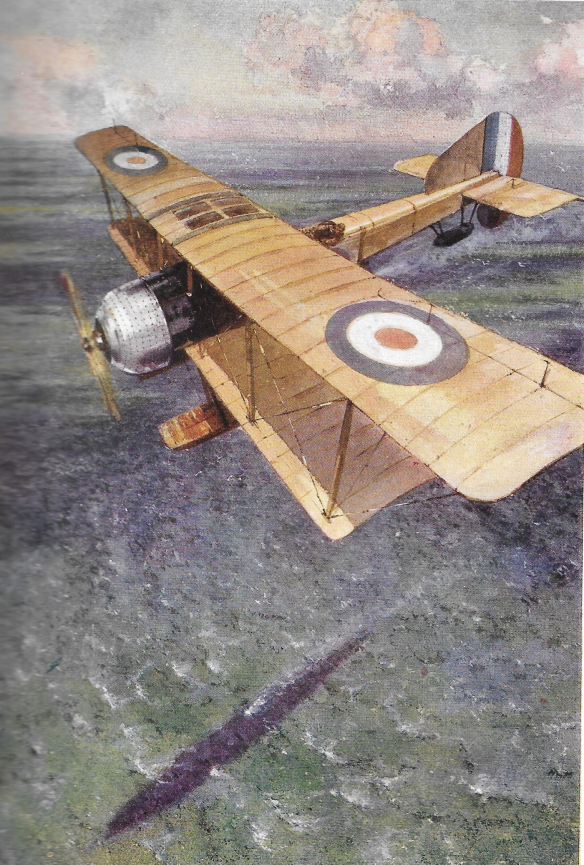
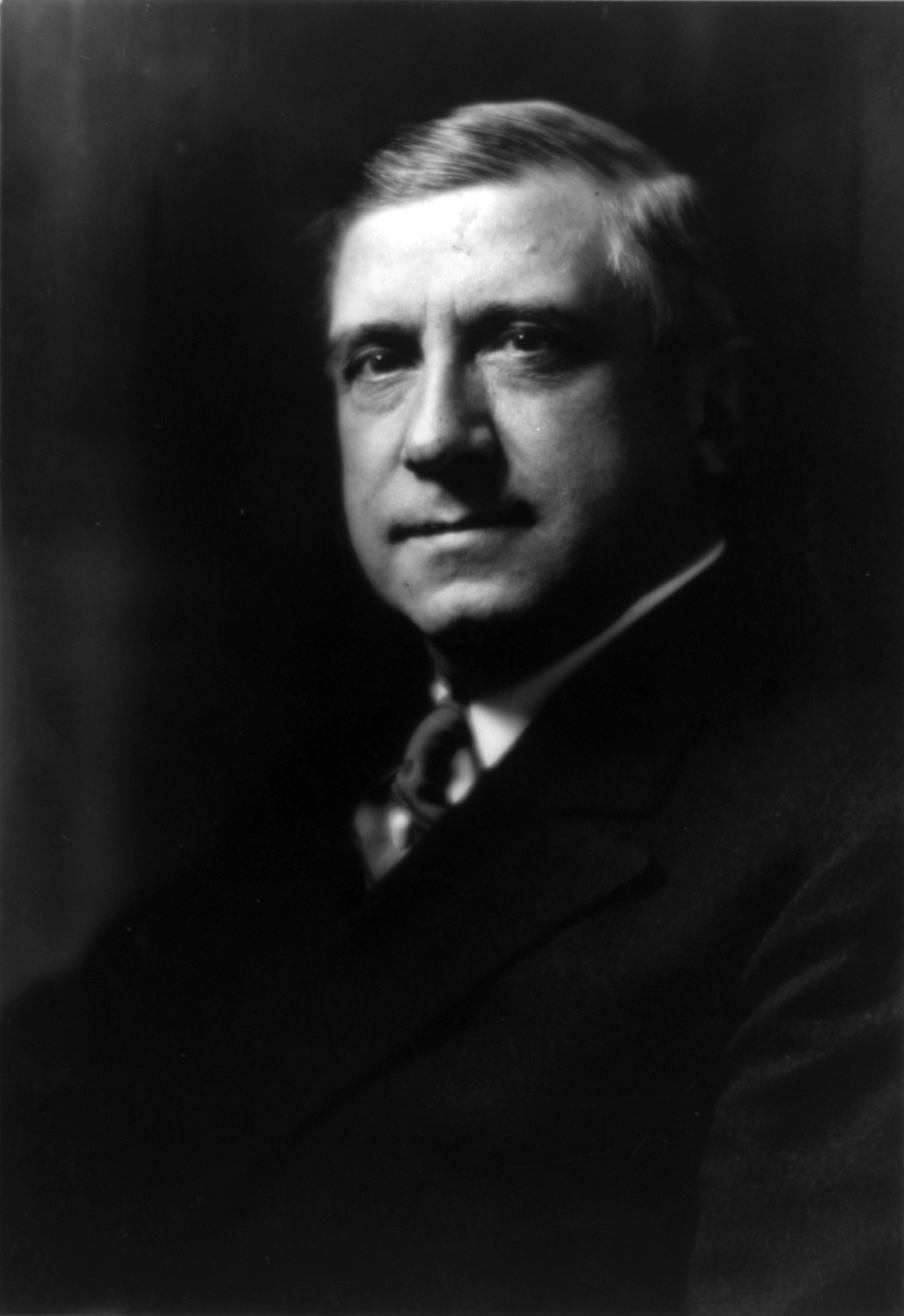
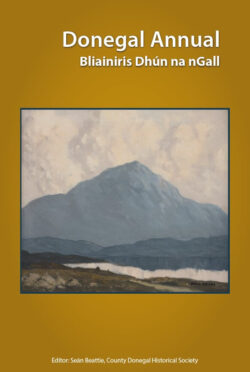
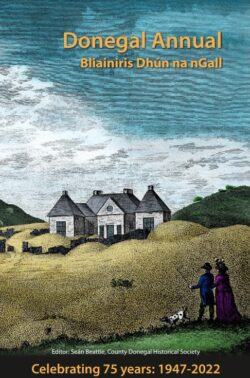
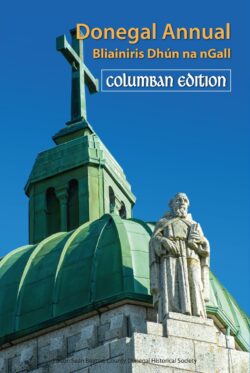
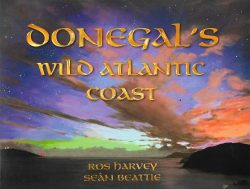

Leave a Reply